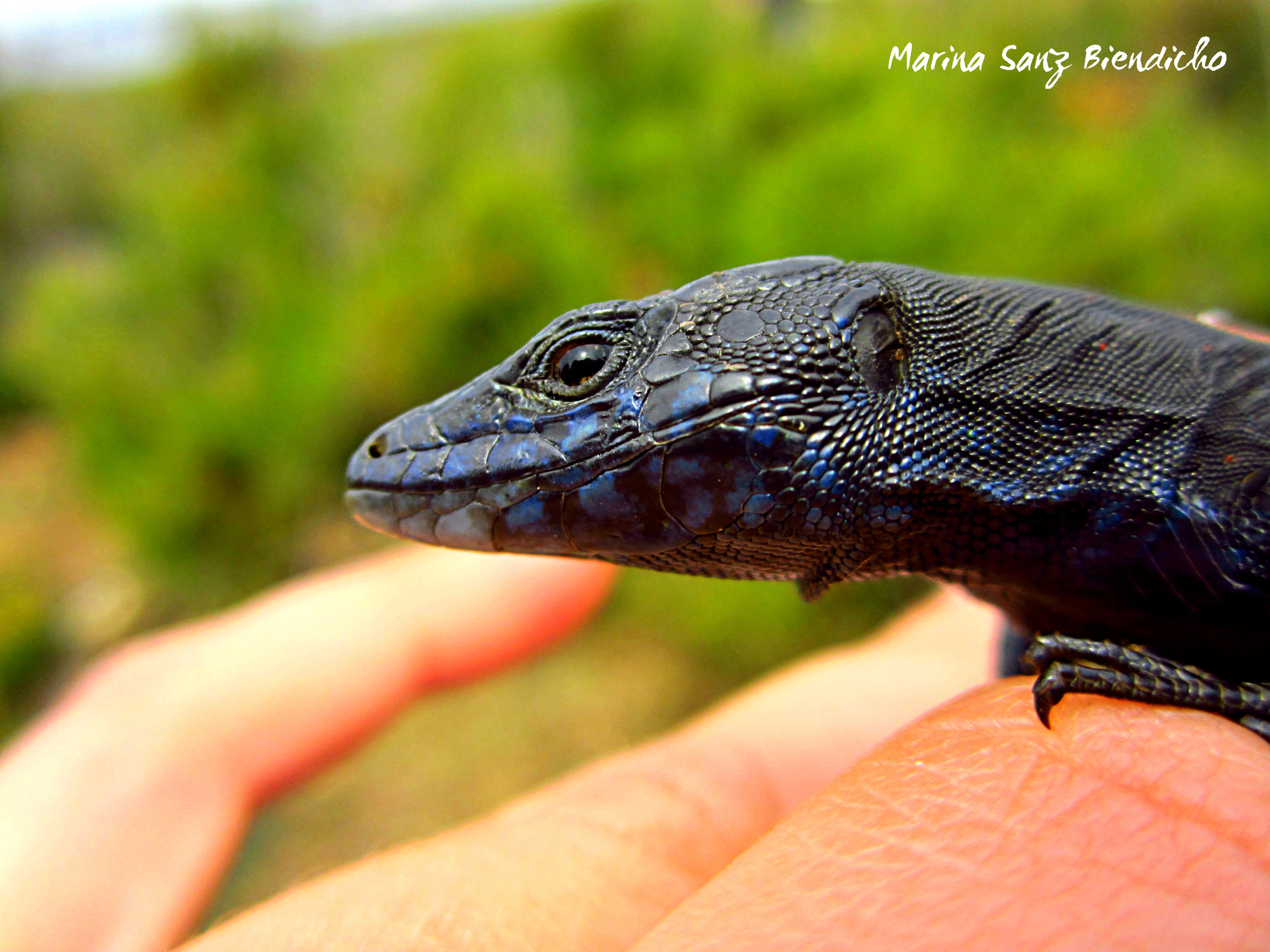Photo by Tatters ✾ licensed under CC BY-NC-ND 2.0
The beauty of Tasmania's honeybush, Richea scoparia, is equally matched by its hardiness. At home across alpine areas of this island, this stout Ericaceous shrub has to contend with cold temperatures and turbulent winds. The honeybush is superbly adapted to these conditions with its compact growth, and tough, pointy leaves. Even its flowers are primed for its environment. They emerge in dense spikes and are covered by a protective casing comprised of fused petals called a "calyptra." Such adaptations are great for protecting the plant and its valuable flowers from such brutal conditions but how does this plant manage pollination if its flowers are closed off to the rest of the world? The answer lies in a wonderful little lizard known as the snow skink (Niveoscincus microlepidotus).
The snow skink is not a pollinator. Far from it. All the snow skink wants is access to the energy rich nectar contained within the calyptra. In reality, the snow skink is a facilitator. You see, the calyptra may be very good at shielding the developing flower parts from harsh conditions, but it tends to get in the way of pollination. That is where the snow skink comes in. Attracted by the bright coloration and the nectar inside, the snow skink climbs up to the flower spike and starts eating the calyptra. In doing so, the plants reproductive structures are liberated from their protective sheath.
Photo by Tindo2 - Tim Rudman licensed under CC BY-NC 2.0
Once removed, the flowers are visited by a wide array of insect pollinators. In fact, research shows that this is the only mechanism by which these plants can successfully outcross with their neighbors. Not only does the removal of the calyptra increase pollination for the honeybush, it also aids in seed dispersal. Experiments have shown that leaving the calyptra on resulted in no seed dispersal. The dried covering kept the seed capsules from opening. When calyptras are removed, upwards of 87% of seeds were released successfully.
Although several lizard species have been identified as pollinators and seed dispersers, this is some of the first evidence of a reptilian pollination syndrome that doesn't actually involve a lizard in the act of pollination. It is kind of bizarre when you think about it. As if pollination wasn't strange enough in requiring a third party for sexual reproduction to occur, here is evidence of a fourth party required to facilitate the action in the first place. It may not be just snow skinks that are involved either. Evidence of birds removing the calyptra have also been documented. Whether its bird or lizard, this is nonetheless a fascinating coevolutionary relationship in response to cold alpine conditions.
Further Reading: [1]



